Disclosure: This article contains affiliate links. We may earn a commission from purchases at no extra cost to you, which helps our travel content.
When most travelers think of Mombasa, images of white-sand beaches and turquoise waters immediately come to mind. But during my recent diplomatic assignment in Kenya, I discovered that this coastal paradise offers far more than just picture-perfect postcards and lazy days by the Indian Ocean. As someone who believes in the power of adventure to forge deeper connections with both nature and culture, I'm thrilled to share the exhilarating side of Mombasa that many visitors miss when they limit themselves to beach lounging. Pack your sense of adventure—we're about to dive into experiences that will get your heart racing while supporting sustainable tourism in one of East Africa's most vibrant coastal destinations.
Deep-Sea Fishing in the Indian Ocean
My diplomatic schedule in Kenya finally aligned with the marlin season, and I couldn't resist the call of the open water. Mombasa sits at the edge of one of the world's premier big-game fishing grounds, where the Pemba Channel creates perfect conditions for marlin, sailfish, and tuna to thrive.
We departed from the Mtwapa Creek Marina at dawn, the sky painted in watercolor hues as our captain navigated toward deeper waters. The anticipation was electric as fishing lines were prepared and the crew shared stories of recent catches. By mid-morning, the distinctive arc of a sailfish broke the surface—a moment of pure exhilaration!
What makes Mombasa's fishing scene special is the growing commitment to conservation. Many operators now practice catch-and-release for billfish, ensuring these magnificent creatures continue to thrill future generations. I was impressed by the fish finder our boat used, which helped locate fish while minimizing unnecessary fuel consumption and environmental impact.
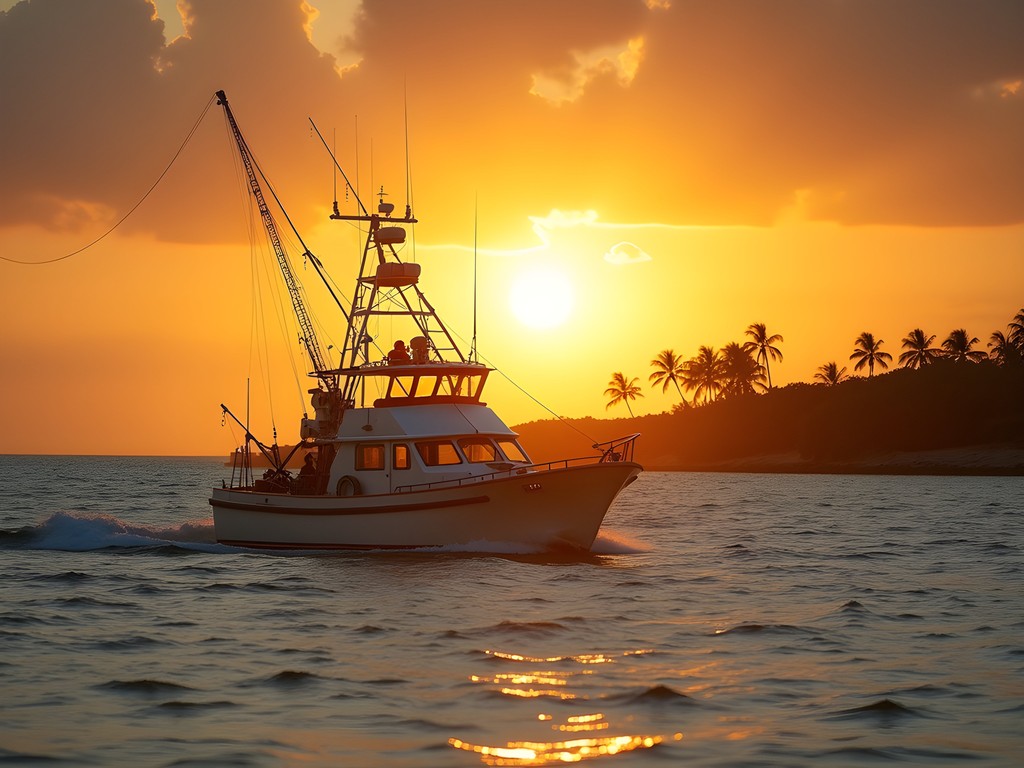
💡 Pro Tips
- Book fishing charters 2-3 days in advance during peak season (November-March)
- Choose operators who practice ethical catch-and-release for billfish species
- Take motion sickness prevention even if you don't normally need it—the deep waters can be choppy
Kitesurfing at Nyali Beach
After years of watching kitesurfers from the safety of shore during my travels, Mombasa finally convinced me to take the plunge. Nyali Beach offers the perfect combination of consistent winds, warm waters, and professional instruction that makes it ideal for both beginners and experts alike.
My instructor, Malik, has been riding these waters for over a decade and his patience was matched only by his enthusiasm. "The wind here speaks to you," he told me as we practiced kite control on the beach. "You just need to learn its language." After two days of instruction, I experienced that magical moment when the kite caught the wind perfectly, lifting me briefly above the water's surface—a feeling of freedom I won't soon forget.
The kitesurfing community in Mombasa is wonderfully diverse, with locals and expatriates coming together through their shared passion. Many schools are locally owned, creating sustainable livelihoods that depend on preserving the coastal ecosystem.
I invested in my own rashguard before the trip, which provided essential sun protection during long hours on the water. The waterproof phone case also proved invaluable for capturing those triumphant moments without risking my device.

💡 Pro Tips
- Book a 3-day beginner course rather than a single lesson to actually get up on the board
- December through March offers the most reliable winds for kitesurfing
- Bring reef-safe sunscreen as you'll be spending hours in direct sun and water
Exploring Shimba Hills National Reserve
Just an hour's drive from Mombasa's beaches lies a completely different ecosystem—the lush, rolling landscape of Shimba Hills National Reserve. This often-overlooked gem houses Kenya's only coastal rainforest and offers a thrilling contrast to the marine activities of the coast.
My husband's geology background made this excursion particularly fascinating as we traced the ancient formation of these hills while tracking wildlife through dense vegetation. Our guide, Joseph, possessed that remarkable ability to spot camouflaged creatures that would have remained invisible to my untrained eye. The reserve houses Kenya's largest population of sable antelope, an elegant species with distinctive curved horns that has become increasingly rare across Africa.
The highlight was undoubtedly our hike to Sheldrick Falls—a 25-meter cascade tumbling into a natural pool perfect for a refreshing swim. The contrast of standing under a waterfall surrounded by rainforest just an hour from coastal beaches perfectly encapsulates why Mombasa deserves exploration beyond its shores.
I was grateful for my hiking sandals during stream crossings and muddy sections of the trail. These versatile shoes provided grip on slippery surfaces while draining quickly after water immersion.
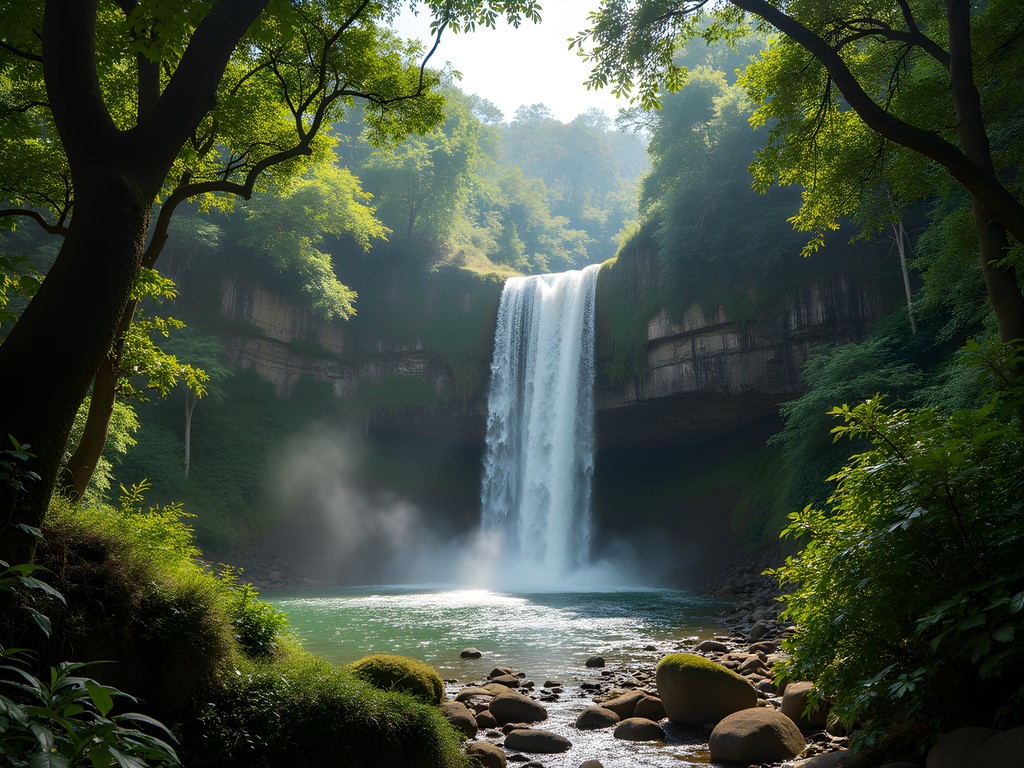
💡 Pro Tips
- Arrange transportation through your hotel or a reputable tour company as public transport options are limited
- Visit early morning or late afternoon for the best wildlife viewing opportunities
- Pack insect repellent as the forest environment has more mosquitoes than the coastal areas
Scuba Diving Mombasa Marine National Park
The vibrant underwater world of Mombasa Marine National Park offers an adventure that contrasts beautifully with the terrestrial experiences of Kenya. As someone who has dived in several continents, I can confidently say that Mombasa's coral gardens rank among the most colorful and diverse I've encountered.
I joined a conservation-focused dive operation that combines recreational diving with citizen science, allowing visitors to contribute to coral monitoring efforts. Our dive master, Aisha, has been documenting changes in these reefs for over fifteen years and shared both her concerns about warming waters and her hope in the resilience of these ecosystems.
Descending into the blue, we were immediately greeted by schools of yellow snapper darting between coral formations. The highlight was encountering a green sea turtle grazing peacefully on seagrass, seemingly unbothered by our bubbles. These protected waters serve as critical habitat for several endangered marine species.
For those new to diving, the calm, warm waters make this an ideal location for certification courses. Even snorkelers can access impressive marine life in the shallower sections of the park.
My dive light proved invaluable for illuminating the true colors of coral and fish in deeper sections, as water naturally filters out red light wavelengths beyond certain depths.

💡 Pro Tips
- Book with dive operators who actively participate in marine conservation initiatives
- Consider a refresher course if you haven't dived in over a year
- Bring your own mask if possible—properly fitted gear significantly improves the experience
Zip-lining Through Haller Park
For a conservation success story you can literally fly through, Haller Park offers an inspiring example of environmental rehabilitation. Once a barren limestone quarry, this area has been transformed into a thriving ecosystem through decades of reclamation efforts—a testament to nature's resilience when given proper support.
The recently added zip-line course provides a thrilling perspective of this transformation from above the canopy. As someone with a diplomatic background focused on environmental policy, witnessing successful rehabilitation projects firsthand is particularly meaningful. The course includes five progressively longer lines, with the final stretch soaring over a giraffe sanctuary where these gentle giants roam freely below.
My daughter was particularly enchanted by the opportunity to hand-feed giraffes from an elevated platform between zip runs. These interactive conservation experiences create meaningful connections between visitors and wildlife while supporting ongoing rehabilitation efforts.
The quick-dry towel I packed came in handy after a sudden afternoon shower—typical of coastal Kenya's weather patterns. Small enough to fit in my daypack but absorbent enough to dry quickly between activities.
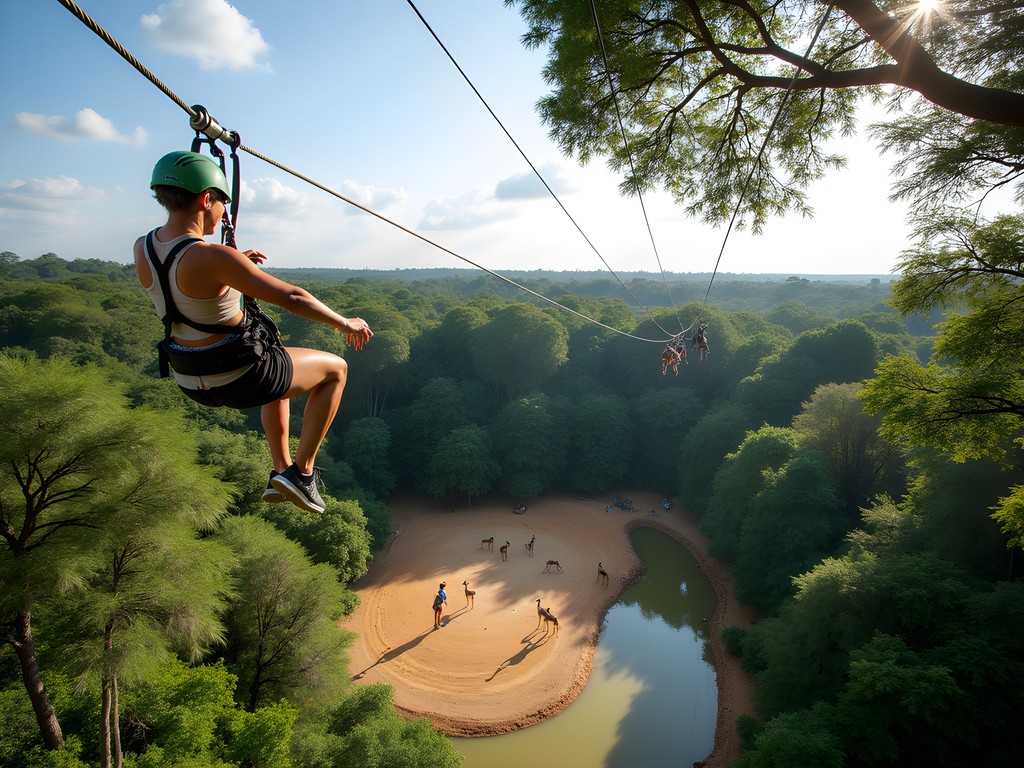
💡 Pro Tips
- Book the first morning session (8:00 AM) to avoid both crowds and midday heat
- Wear closed-toe shoes as they're required for the zip-line course
- Combine with the sanctuary tour to understand the conservation story behind the park
Final Thoughts
Mombasa's reputation as a beach destination is well-deserved, but limiting yourself to sun-soaking would mean missing the rich tapestry of adventures that make this coastal region truly exceptional. From the thrill of kitesurfing across Nyali's azure waters to tracking rare sable antelope through Shimba Hills' mist-shrouded forests, these experiences connect travelers to Kenya's diverse ecosystems in meaningful ways.
What strikes me most about adventure tourism in Mombasa is how many operators are embracing sustainable practices—whether through catch-and-release fishing policies, coral reef monitoring programs, or supporting rehabilitation projects like Haller Park. As travelers, our choices matter. By seeking out these conservation-minded adventures, we contribute to preserving these ecosystems for future generations.
Whether you're traveling with friends seeking shared thrills or looking to challenge yourself individually, Mombasa offers adventures accessible to various skill levels and comfort zones. I'd love to hear about your own Mombasa adventures in the comments below. Which of these activities would top your list for an action-packed week on Kenya's coast?
✨ Key Takeaways
- Mombasa offers diverse adventure activities beyond its famous beaches
- Many adventure operators incorporate conservation efforts that visitors can participate in
- The region's unique geography provides rare opportunities to experience both marine and forest ecosystems in close proximity
- Winter months (November-March) offer ideal conditions for most outdoor adventures in Mombasa
📋 Practical Information
Best Time to Visit
December through March (dry season)
Budget Estimate
$1,200-1,800 per person for a week including accommodations and activities
Recommended Duration
5-7 days
Difficulty Level
Moderate

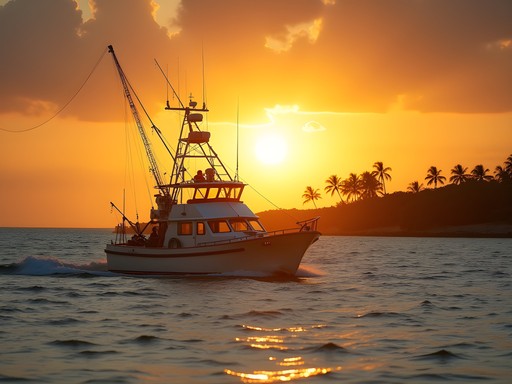

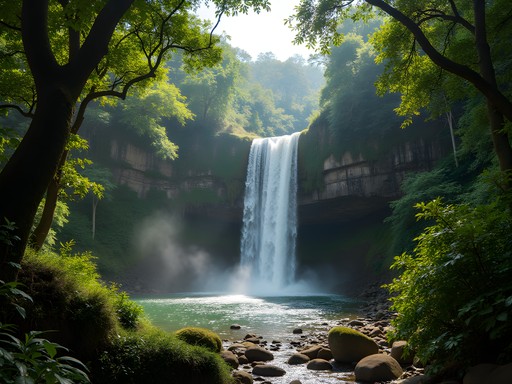
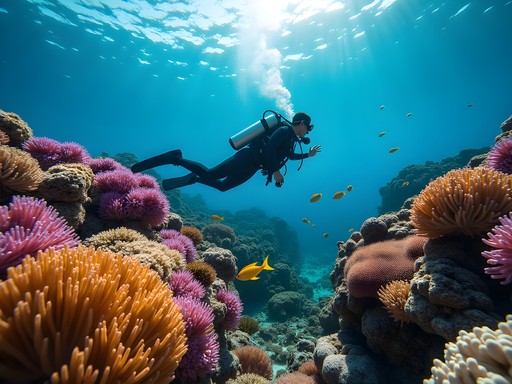
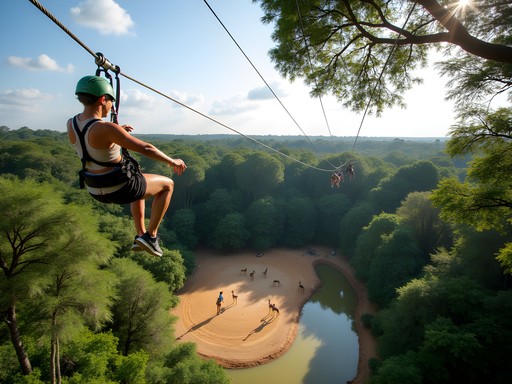









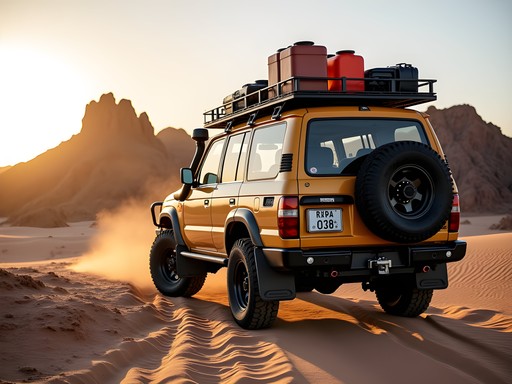
Comments
redrider
Is it safe for solo female travelers? Planning a trip in January.
Savannah Arnold
I traveled solo for parts of my trip and felt quite safe, especially in the main tourist areas. Standard precautions apply - don't flash valuables, be aware of your surroundings, and arrange transport through your hotel when possible. The adventure operators I mentioned are all reputable and professional.
Megan Martin
Excellent write-up on Mombasa's adventure offerings. I was there on a business trip last quarter and extended my stay specifically to explore some of these activities. The marine park diving is world-class - I'd recommend bringing your own underwater camera if you have one. I used my action camera and captured incredible footage of the coral gardens. For business travelers with limited time, the half-day kitesurfing lessons are perfect - you can be back for afternoon meetings if necessary. One additional tip: the coastal conservation tours run by local marine biologists provide fascinating insights into the ecosystem and efforts to preserve it.
sunnyseeker
Those underwater photos are stunning! Adding scuba diving to my bucket list now!
wavemaster
Wow, kitesurfing looks amazing!! I'm heading to Mombasa in November - is that a good time for beginners to try kitesurfing? Any schools you'd recommend? I've never done it before but really want to give it a go! Also wondering if I need to book the deep-sea fishing in advance or can sort it when I arrive?
photoguide
November is perfect for beginners! The winds are consistent but not too strong. I used Mombasa Kite School at Nyali - great instructors and they have proper safety equipment. For fishing, book at least 2 days ahead during peak season.
wavemaster
Thanks so much for the info! Will definitely check out that kite school!
Frank Garcia
This post hits the nail on the head about Mombasa's adventure potential. I spent 3 weeks backpacking through Kenya last summer and initially planned just 2 days in Mombasa. Ended up staying for 8! The Shimba Hills expedition was a highlight - we saw elephants, sable antelopes and even a leopard briefly. Cost-saving tip for backpackers: you can negotiate with local guides outside the main tourist offices for better rates on most excursions. Also, the local matatu transport to Shimba Hills is an adventure itself and costs about 1/4 of what organized tours charge if you're comfortable with public transport.
photoguide
Great post! I was in Mombasa last year and totally agree about looking beyond the beaches. The kitesurfing at Nyali was incredible - perfect winds in the afternoon. We also did the deep-sea fishing trip and caught a massive sailfish. The captain let us release it after photos. The marine life in Mombasa Marine Park is stunning too, though visibility was better in the morning before the afternoon winds kicked up.
Savannah Arnold
Thanks for sharing your experience! You're right about the morning visibility for diving - I should have mentioned that timing tip in the post!
photoguide
No problem! Did you get to see any turtles while diving? We spotted three on our trip!
summerlegend
Just got back from Mombasa and did the scuba diving at the Marine Park! One tip to add - if you go between January and March like we did, visibility is amazing (25+ meters) but the currents can be strong. The dive masters were super careful about this though. Also worth mentioning that some hotels offer package deals with the dive centers that are cheaper than booking directly. We saved about 20% booking through our resort!
citypro
Just got back from Mombasa and did the Shimba Hills trip. Tip: go early morning (6am departure) for best wildlife viewing. We saw elephants, giraffes and even a leopard! The afternoon groups missed most animals as they hide from the heat.
Megan Martin
Savannah, I appreciate how you've highlighted Mombasa's adventure potential. During my business trips to Kenya, I always extend my stay to experience the coastal activities. One safety tip for the kitesurfing at Nyali Beach - the afternoon winds can get quite strong, so morning lessons are better for beginners. I'd also recommend bringing your own reef-safe sunscreen as it can be expensive to purchase locally. For anyone interested in the Shimba Hills excursion, consider staying overnight at the Shimba Hills Lodge - the night game drives offer a completely different wildlife experience than daytime visits.
cityvibes
Great post! I'm planning to visit Mombasa in February next year. Is that a good time for deep-sea fishing? Also wondering about safety - is it better to book through hotels or find local operators? Never done it before but your description has me excited to try!
Megan Martin
February is excellent for deep-sea fishing in Mombasa! I'd recommend booking through established operators rather than hotels (often overpriced). I used Pembe Safaris last time I was there on business - professional setup and they're conservation-minded too.
Venture X
Premium card with 2X miles, $300 travel credit, Priority Pass